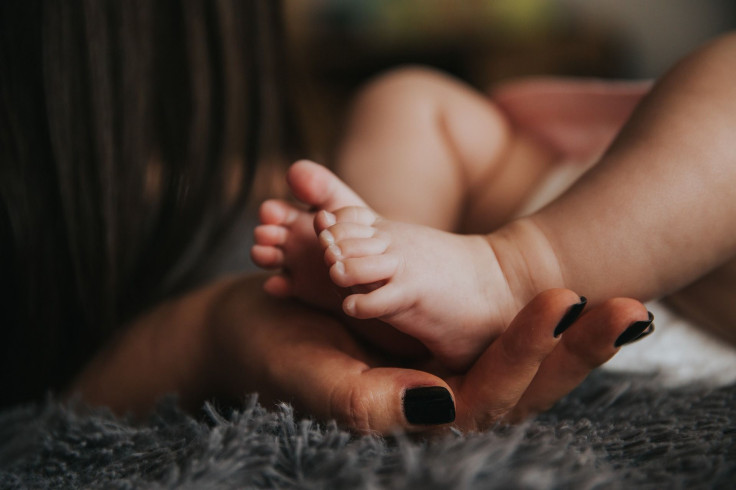Teen Abortions Increase With Mom’s Pregnancy History, Study Shows

Teenage girls are more likely to have an abortion if their mothers also had one — and multiple abortions if their moms did too, according to a recently released study.
Researchers did not delve into the reasons for the abortions or each girls’ circumstances, but their study found a link between the number of abortions they had and the abortion history of their mothers. When a mother had an abortion, her teenage daughter was more than twice as likely to get one of her own, according to the paper, published in the Canadian Medical Association Journal.
The study pulled data from more than 430,000 girls from Ontario. Out of the roughly 73,500 who had been “exposed” to abortion, more than 10 percent eventually had abortions of their own. For the more than 358,000 who were not exposed, the probability was closer to 4 percent.
When the moms had multiple abortions, so did their daughters, with the probability of another abortion rising with each additional abortion of the mother.
The abortions occurred early in the pregnancies, so the girls likely terminated for social reasons rather than birth defect or similar concerns, according to the journal publisher. Through the whole of Canada, about 28 teenage girls in every 1,000 gets pregnant and more than half of them have an abortion.
In the United States, the most recent numbers from the Centers for Disease Control and Prevention put the figure at about eight teens getting abortions out of every 1,000. The numbers may have decreased in the last few years, as the group noted that teen abortions were dropping, more than the abortions in any other age group.
“Future research should explore the mechanisms for intergenerational induced abortion,” according to the study authors. “Teen induced abortion may be influenced by factors at the individual, family, peer and community levels.”
The study adds to research that shows a connection between sexual health practices and childbearing patterns of mothers and their daughters.
“Research shows there is an association between mothers and daughters in the timing of a first pregnancy ending in a live birth,” the researchers said in the publisher’s statement.
It’s unclear why exactly there would also be an association when it comes to abortions.
“Previous studies have found a higher likelihood of teen abortion if a young woman has greater social challenges, including poor school performance, separation from a biological parent, lower parental education, and receipt of income support,” researcher Ning Liu said. When it came to the connection between the mothers and the daughters in the new research, “we don’t know what factors cause this association, as it was beyond the scope of our study.”
© Copyright IBTimes 2024. All rights reserved.





















